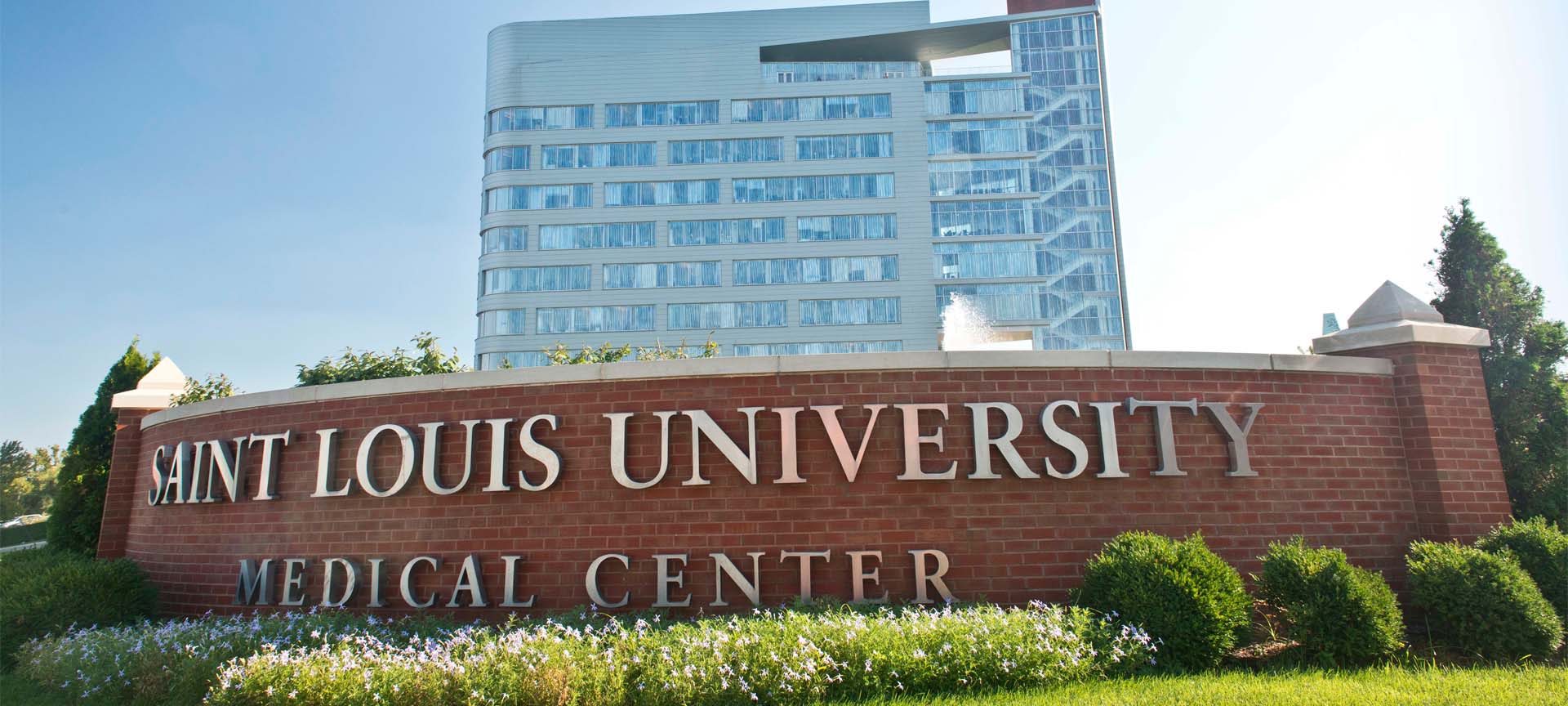Edward A. Doisy Department of Biochemistry and Molecular Biology
Named after its founder, the Edward A. Doisy Department of Biochemistry and Molecular Biology within the Saint Louis University School of Medicine continues a tradition of excellence that dates back to the 1920s.
The exceptional faculty and staff in the Department of Biochemistry and Molecular Biology, along with many other researchers at Saint Louis University, have access to some of the most leading-edge facilities and resources anywhere.
In addition to research, the department offers a Ph.D. in biochemistry and molecular biology as part of the School of Medicine’s graduate program in biomedical science.
We are home to several core research facilities, including SLU’s Protein Core Facility, Genomics Core Facility and the Gemini Computing Cluster.
About Edward A. Doisy
In 1929, Edward A. Doisy, Ph.D., was the first researcher to isolate and chemically characterize estrone, a steroid sex hormone, opening up the entire field of steroid hormones for chemical and medical investigation. He was awarded the Nobel Prize in Physiology or Medicine in 1943 for his work on determining the chemical nature of vitamin K, an essential component in blood coagulation. Doisy reassigned much of the income derived from his research to the Saint Louis University Medical School, which annually provides millions of dollars to the department’s research and teaching infrastructure.
More Key Dates in Department History
1924: The Edward A. Doisy Department of Biochemistry and Molecular Biology was founded Edward A. Doisy, Ph.D. shortly after the completion of his doctoral studies in 1920 at Harvard University
1929: Edward A. Doisy, Ph.D. was the first to isolate and chemically characterize estrone, a steroid sex hormone, opening up the entire field of steroid hormones for chemical and medical investigation.
1943: Edward A. Doisy, Ph.D. was awarded the Nobel Prize in Physiology or Medicine for his work on determining the chemical nature of vitamin K, an essential component in blood coagulation. Dr. Doisy reassigned much of the income derived from his research to the medical school, which annually provides millions of dollars to our research and teaching infrastructure.
1965: Robert Olson, M.D., a distinguished physician and nutritionist, becomes department chairman. During his nearly two-decade tenure, Olson nurtures the expansion of research within the department and successfully campaigns for the integration of nutritional science into clinical medicine.
1984: William Sly, M.D., a physician and molecular geneticist, is recruited as chairman. Well known for his work in the area of lysosomal cell biology and storage diseases, his research has expands to include carbonic anhydrases and regulation of iron storage in health and disease.
1989: Sly’s many contributions to the study of inborn errors of metabolism receive international recognition and result in numerous awards, including election to the National Academy of Sciences.
2007: The state-of-the-art Edward A. Doisy Research Center becomes home to the Department of Biochemistry and Molecular Biology. It totals more than 206,000 square feet of research space. Scientific research performed in the research center focuses on five areas: cancer, liver disease, heart and lung disease, aging and vaccine development.
2010: Enrico Di Cera, M.D., becomes chairman of the department. His experimental approach involves the use of structural and biochemical techniques to better understand key components of the blood coagulation system and related pathways. Under his leadership, the department continues its fine tradition of excellence in scientific research.
2021: School of Medicine researcher and faculty member Abdul Waheed, Ph.D., makes a gift of $1 million in support of the school’s biochemistry and molecular biology department. The gift honors William Sly, M.D., former chair of the Edward A. Doisy Department of Biochemistry and Molecular Biology. It will support the future Centennial Chair of the department.
The Tradition of Excellence Continues
Today, the tradition of excellence continues throughout the department. The state-of-the-art Edward A. Doisy Research Center is now home to the Department of Biochemistry and Molecular Biology.
Completed in 2007, the Research Center cost $82 million to complete, is ten stories tall, and totals over 206,000 sq. ft. of research space. Scientific research performed in the research center focuses on five areas: cancer, liver disease, heart and lung disease, aging, and vaccine development.
The exceptional faculty and staff in the Department of Biochemistry and Molecular Biology, along with many other researchers at Saint Louis University, have access to some of the most cutting edge facilities and resources anywhere.
